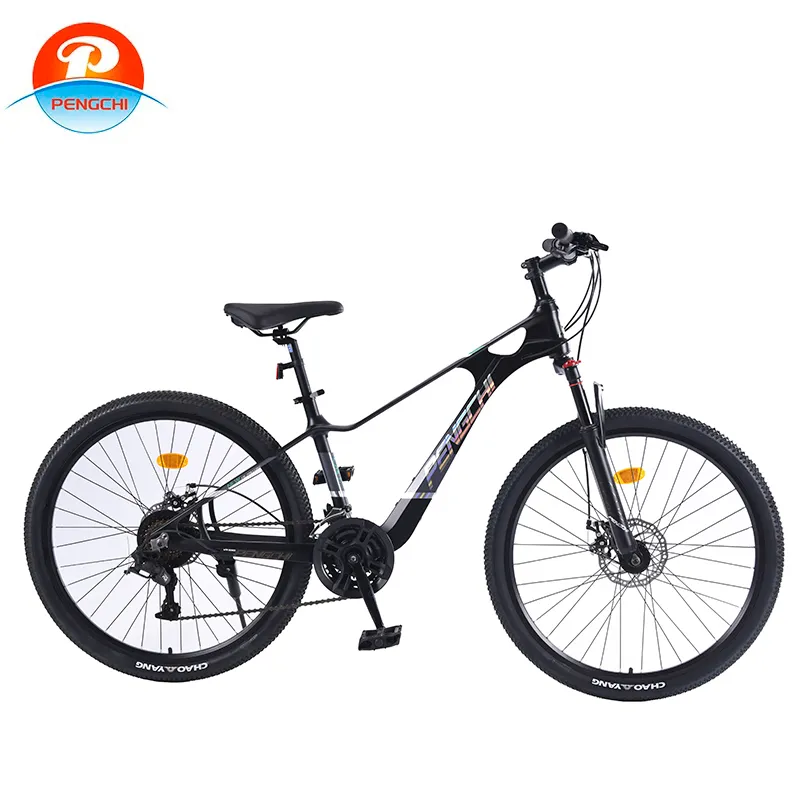
-
 Afrikaans
Afrikaans -
 Arabic
Arabic -
 Belarusian
Belarusian -
 Bengali
Bengali -
 Bulgarian
Bulgarian -
 Croatian
Croatian -
 Czech
Czech -
 Danish
Danish -
 Dutch
Dutch -
 English
English -
 Finnish
Finnish -
 French
French -
 German
German -
 Greek
Greek -
 hawaiian
hawaiian -
 Hebrew
Hebrew -
 Hindi
Hindi -
 Hungarian
Hungarian -
 Indonesian
Indonesian -
 irish
irish -
 Italian
Italian -
 Japanese
Japanese -
 Javanese
Javanese -
 kazakh
kazakh -
 Khmer
Khmer -
 Korean
Korean -
 Kyrgyz
Kyrgyz -
 Lao
Lao -
 Latin
Latin -
 Luxembourgish
Luxembourgish -
 Malay
Malay -
 Myanmar
Myanmar -
 Norwegian
Norwegian -
 Persian
Persian -
 Polish
Polish -
 Portuguese
Portuguese -
 Romanian
Romanian -
 Russian
Russian -
 Serbian
Serbian -
 Slovak
Slovak -
 Somali
Somali -
 Spanish
Spanish -
 Swedish
Swedish -
 Tagalog
Tagalog -
 Thai
Thai -
 Turkish
Turkish -
 Turkmen
Turkmen -
 Ukrainian
Ukrainian -
 Uighur
Uighur -
 Vietnamese
Vietnamese
فېۋرال . 04, 2025 01:27 Back to list
mountain bike design
Mountain bike design has significantly evolved over the years, reflecting technological advancements, rider expectations, and the diverse environments that these bikes are engineered to conquer. Today, mountain biking is not just a sport or pastime; it represents cutting-edge innovation and an intricate balance of form and function.
Drivetrain systems have also evolved, with modern mountain bikes often featuring wide-range single chainring drivetrains. These systems minimize complexity, reduce weight, and improve chain retention, ensuring reliable performance even on the toughest trails. The advent of electronic shifting promises to further revolutionize this area, with precise, reliable gear changes that adjust to the rider's cadence. Attention to detail is manifested in every aspect of mountain bike design, including braking systems. Hydraulic disc brakes have become the norm, offering superior stopping power and modulation under all conditions. This ensures that riders can confidently tackle descents or obstacles without concerns about brake performance. One of the unique challenges in mountain bike design lies in accommodating a vast array of riding styles— from cross-country and trail to enduro and downhill. Each style demands a specific focus on different performance aspects, from weight and pedaling efficiency to suspension travel and brake robustness. Through specialized design processes, manufacturers strive to cater to these varied demands, often consulting with professional riders and integrating feedback into new models. Manufacturers' commitment to environmental sustainability is a growing aspect of mountain bike design. From using recyclable materials to implementing eco-friendly manufacturing processes, the industry places an increasing emphasis on reducing its ecological footprint. Brands that emphasize sustainability not only contribute to environmental preservation but also build trust with environmentally-conscious consumers. The future of mountain bike design promises further exciting developments. Integration of smart technology such as onboard sensors and connectivity will provide riders with real-time data, helping to optimize performance and safety. As these technological advancements continue to unfold, the core objective remains unchanged creating mountain bikes that elevate the riding experience. In conclusion, mountain bike design is an ever-evolving field, where expertise, innovation, and sustainability collide to deliver exceptional products. Professionals in the industry understand the importance of staying at the forefront of these trends, ensuring both authoritative and trustworthy mountain bikes that meet the needs of today's discerning riders.


Drivetrain systems have also evolved, with modern mountain bikes often featuring wide-range single chainring drivetrains. These systems minimize complexity, reduce weight, and improve chain retention, ensuring reliable performance even on the toughest trails. The advent of electronic shifting promises to further revolutionize this area, with precise, reliable gear changes that adjust to the rider's cadence. Attention to detail is manifested in every aspect of mountain bike design, including braking systems. Hydraulic disc brakes have become the norm, offering superior stopping power and modulation under all conditions. This ensures that riders can confidently tackle descents or obstacles without concerns about brake performance. One of the unique challenges in mountain bike design lies in accommodating a vast array of riding styles— from cross-country and trail to enduro and downhill. Each style demands a specific focus on different performance aspects, from weight and pedaling efficiency to suspension travel and brake robustness. Through specialized design processes, manufacturers strive to cater to these varied demands, often consulting with professional riders and integrating feedback into new models. Manufacturers' commitment to environmental sustainability is a growing aspect of mountain bike design. From using recyclable materials to implementing eco-friendly manufacturing processes, the industry places an increasing emphasis on reducing its ecological footprint. Brands that emphasize sustainability not only contribute to environmental preservation but also build trust with environmentally-conscious consumers. The future of mountain bike design promises further exciting developments. Integration of smart technology such as onboard sensors and connectivity will provide riders with real-time data, helping to optimize performance and safety. As these technological advancements continue to unfold, the core objective remains unchanged creating mountain bikes that elevate the riding experience. In conclusion, mountain bike design is an ever-evolving field, where expertise, innovation, and sustainability collide to deliver exceptional products. Professionals in the industry understand the importance of staying at the forefront of these trends, ensuring both authoritative and trustworthy mountain bikes that meet the needs of today's discerning riders.
Previous:
Next:
Latest news
-
Premium Titanium Road Bike: Lightweight & Durable
NewsAug.01,2025
-
Red Black BMX Bike with GPT-4-Turbo AI Tech
NewsJul.31,2025
-
New Red Anti-theft E-Bike | Easy Ride City Commuter
NewsJul.31,2025
-
BMX 20 Inch Bikes for Freestyle & Street | Fat Tire Options Available
NewsJul.30,2025
-
322 High Quality 26 Inch 21 Speed Adult Mountain Bike OEM MTB
NewsJul.29,2025
-
Specialized Kids Mountain Bikes - Safe, Durable & Fun Riding Experience
NewsJul.29,2025

